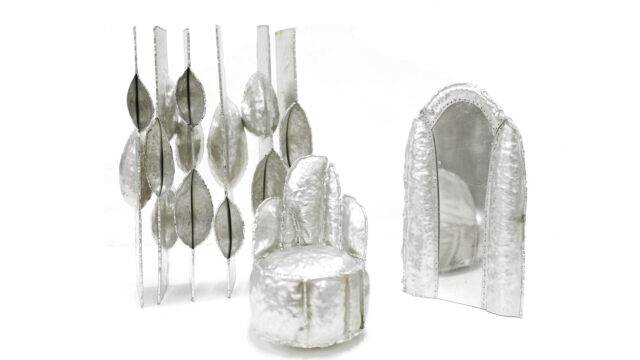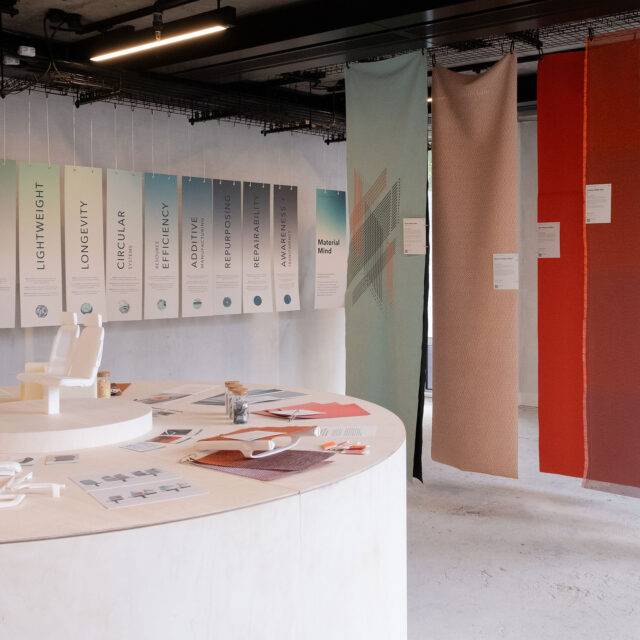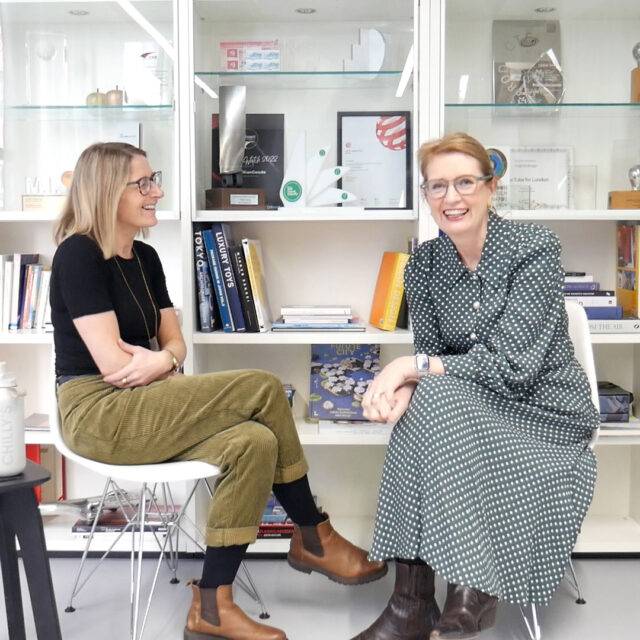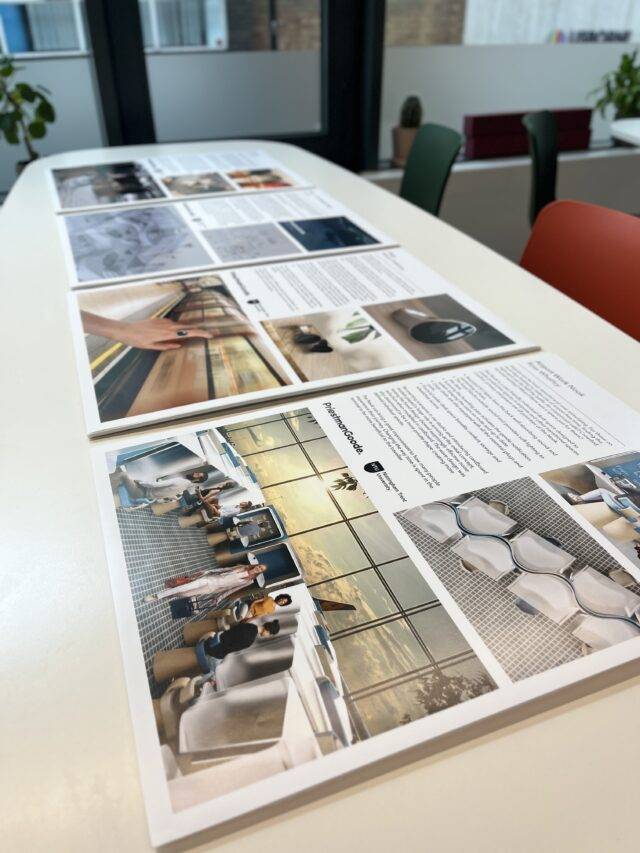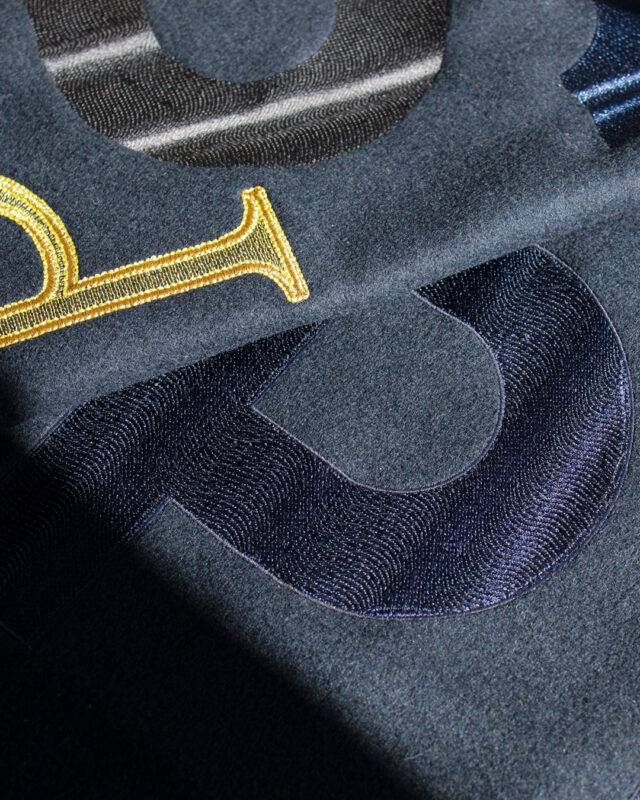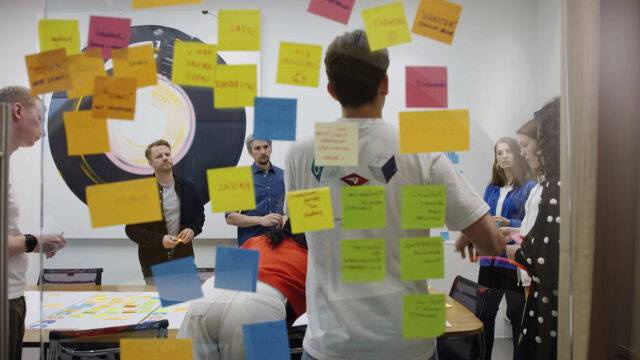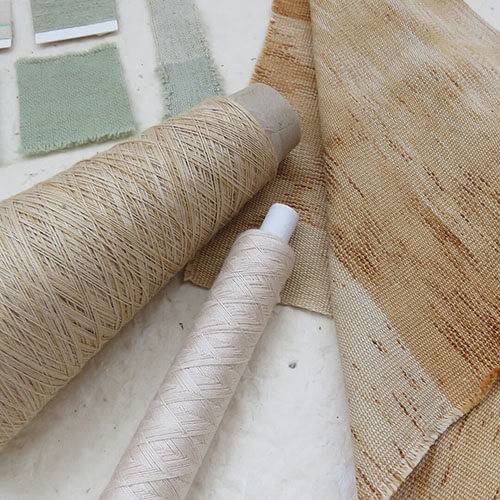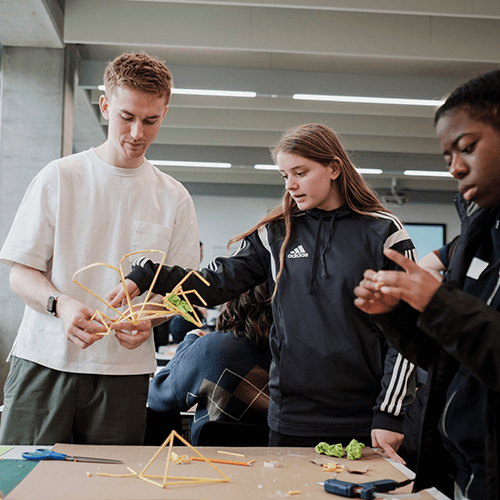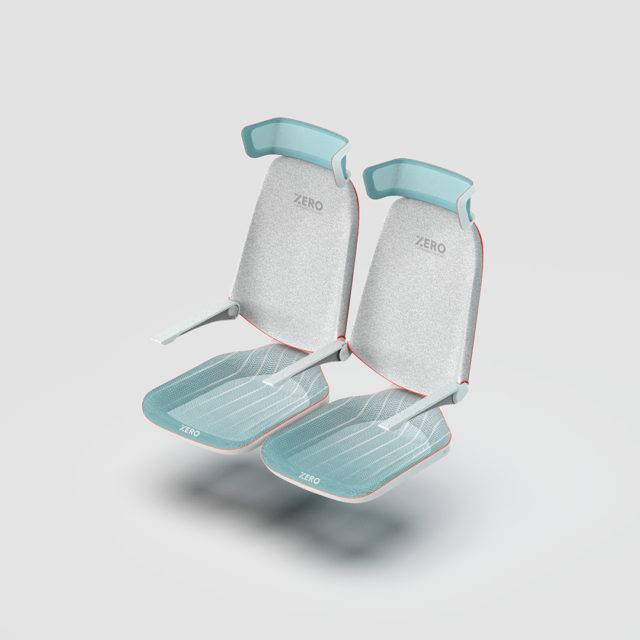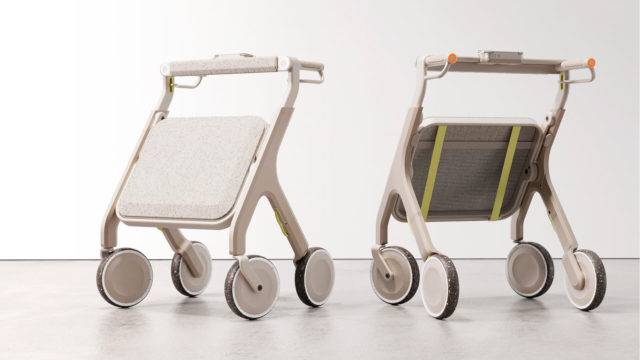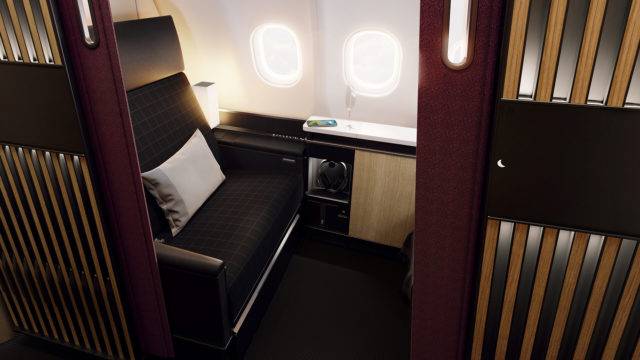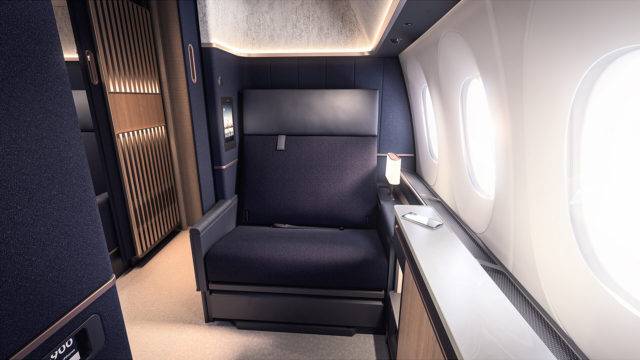
PG x RCA 2024: Future of Transport Design
PriestmanGoode proudly celebrates its eighth consecutive year of partnership with the Royal College of Art, continuing a tradition of innovation and excellence. This year’s competition once again invited students from the MA Textiles course to envision future interiors for transportation, focusing on integrating smart materials, advanced design processes, and cutting-edge technology to elevate passenger experiences.
The challenge encouraged students to explore how smart materiality and design can transform transport environments by enhancing comfort, ambience, and functionality. Emphasis was placed on creating interiors that are not only aesthetically pleasing but also durable and sustainable, considering the longevity and planned permanence of their designs. Key themes included personalisation and modularity, urging students to devise solutions that cater to individual passenger needs. The competition highlighted the seamless fusion of materials and technology to meet these design objectives within public spaces.
Sustainability was a significant focus, with participants tasked with finding innovative ways to reduce waste and drive a more sustainable future through smart materials and processes. The competition showcased the exceptional potential of the next generation of designers, reflecting PriestmanGoode’s commitment to fostering creativity and forward-thinking solutions in design.
PriestmanGoode recognised three outstanding projects with awards. The top honour went to Mimansa Bhandari, who received a one-month paid internship at PriestmanGoode. Additionally, Pournima Shinde and Reeti Roy were highly commended for their exceptional work.



Mimansa Bhandari
Mimansa’s project, titled “Leather Loop,” involved receiving leather off-cuts from an Automotive OEM and considering the marks and scars on the material. She created a video demonstrating the process of cutting and making samples from the leather waste, exploring how to effectively apply these small pieces within vehicles. Her project reimagined luxury with sustainability, aiming to bridge the gap between manufacturers and craft makers. Mimansa outlined challenges and presented a clear breakdown of her working process, developing a blueprint for zero-waste cutting that combined leather weaves with yarns. She visualised the potential areas in cars where the samples could be used, specifically focusing on dashboards. The project explored the material’s light reaction on dashboards, utilising a breathable cotton and linen blend yarn that absorbs sunlight, and in its final stages, incorporated thermochromic inks to reduce glare in cars.

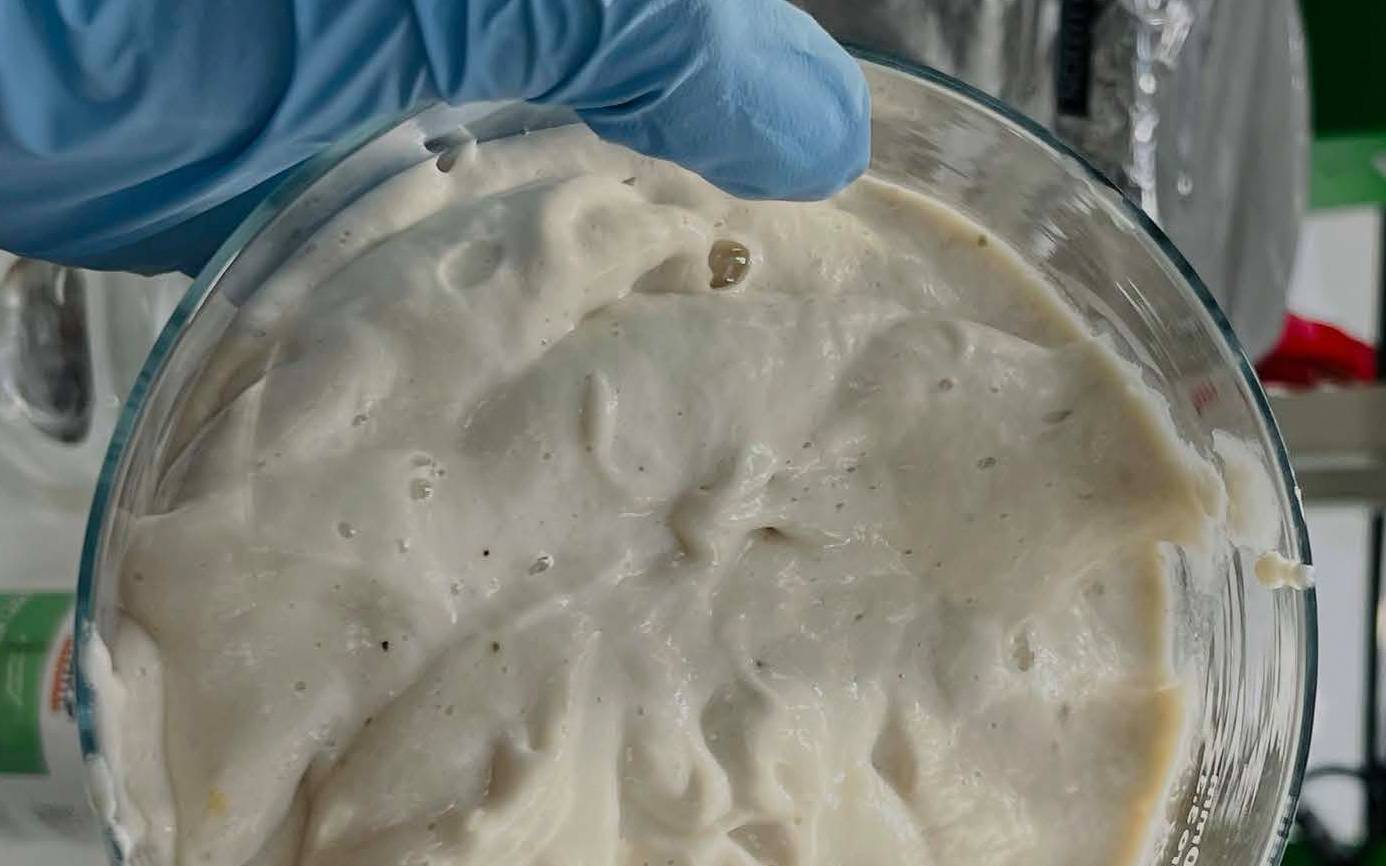

Reeti Roy
Reeti’s project focused on developing biodegradable foams using natural ingredients, particularly bacterial cellulose derived from kombucha waste. She incorporated diatomaceous earth and wool to enhance the material’s fire resistance and also worked on making it waterproof. Reeti aimed to find alternatives to synthetic foams that were bio-based, lightweight, fire-resistant, non-toxic, waterproof, and self-extinguishing. Her project was well-presented with clear diagrams and a visually appealing digital presentation, effectively communicating the complexity of her ideas. Potential applications for her biodegradable foam included use in seats, packaging, and car doors. Reeti continued to explore ways to reduce smoke production and improve the material’s safety features.
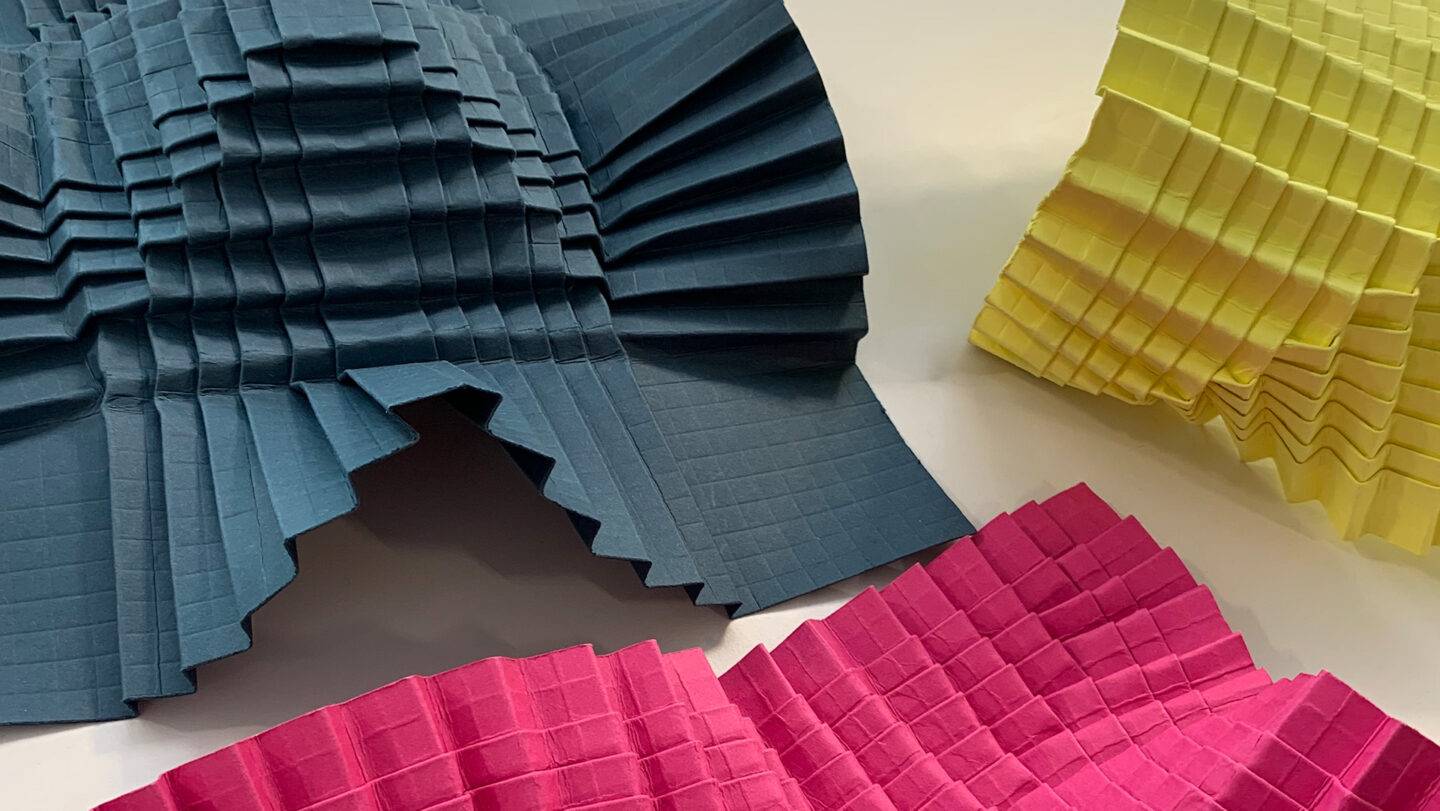
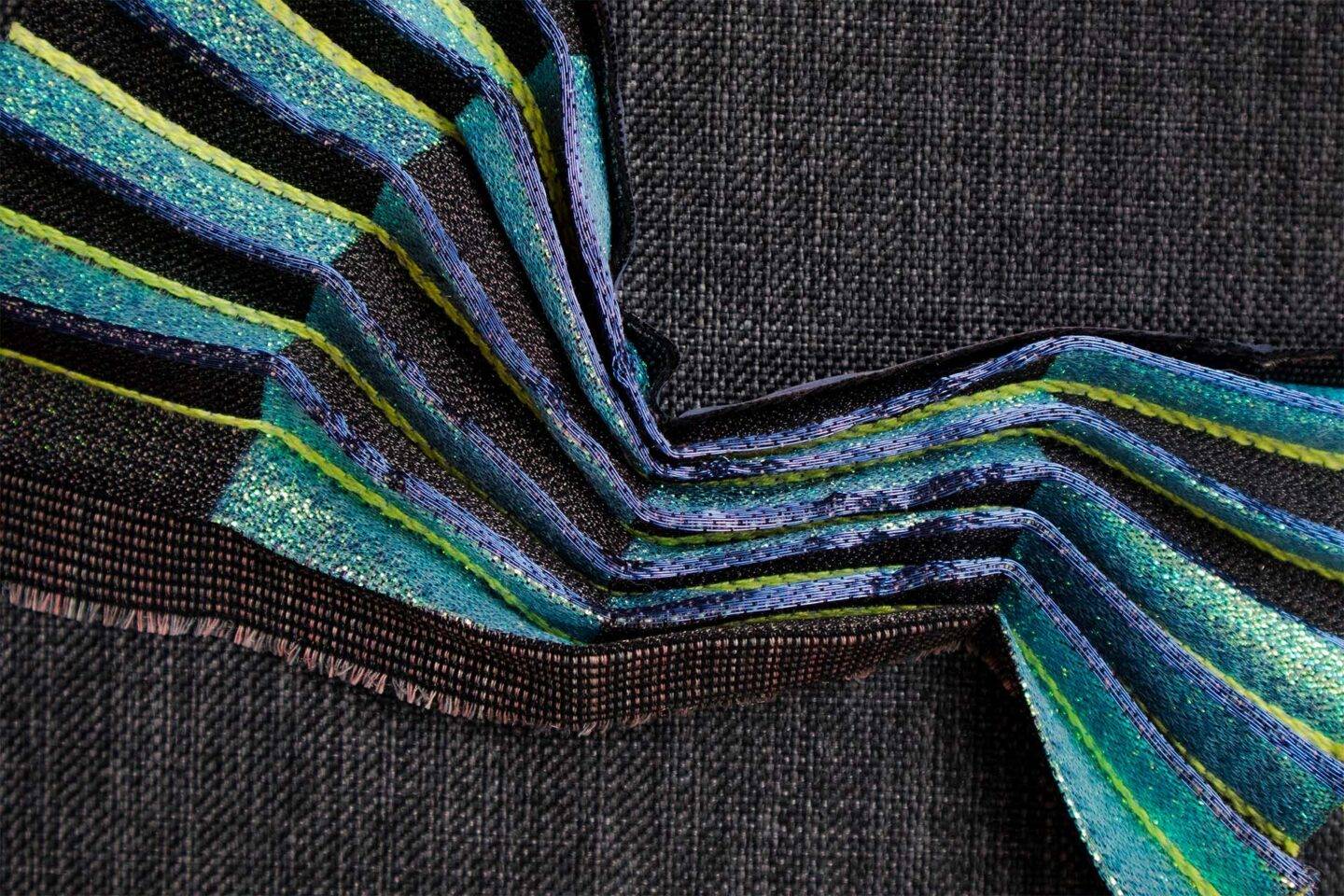
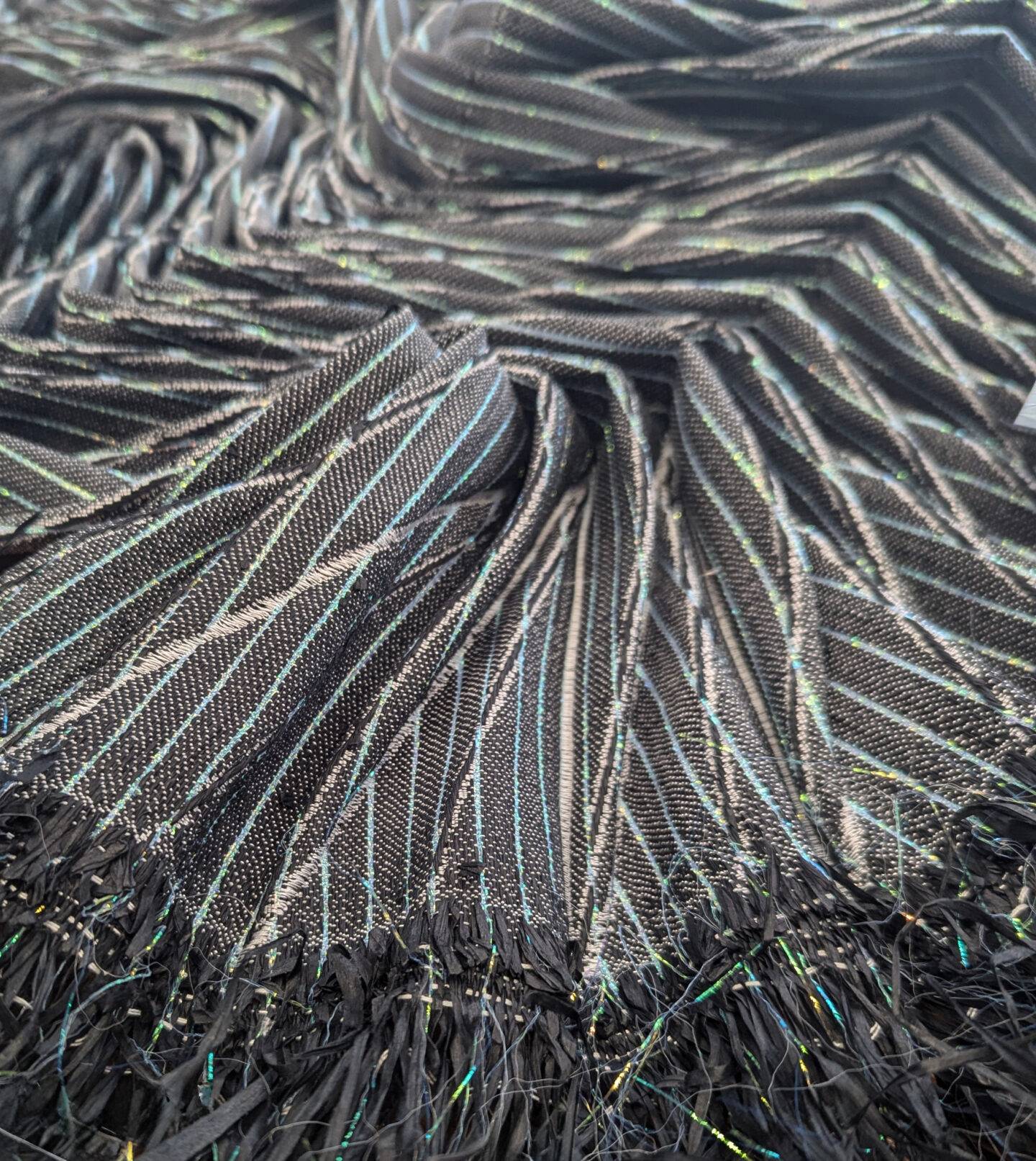
Pournima Shinde
Pournima’s project, “Ocean Tranquility,” balanced a Cyberpunk aesthetic with soothing elements. She combined thermochromic and reflective, glow-in-the-dark yarns with paper-folded forms, creating interactive origami in both paper and woven materials. Her work was visually striking and explored how speculative design can inform colour, material, and finish (CMF). She envisioned a future scenario (2035-2040) of nocturnal living influenced by gaming and AI, conducting thorough background research and defining desired material properties: moldable, iridescent, interactive, transparent, and luminous. Her outcomes included pleated woven textiles and bioluminescent lamps inspired by octopus bacteria. Pournima sourced her own yarn, which was moldable and metallic, and investigated structures with electronics, aiming for applications in future automotive interiors. She integrated her research on oceanic impacts on wellbeing, achieving a balance with calming movements and colours.
